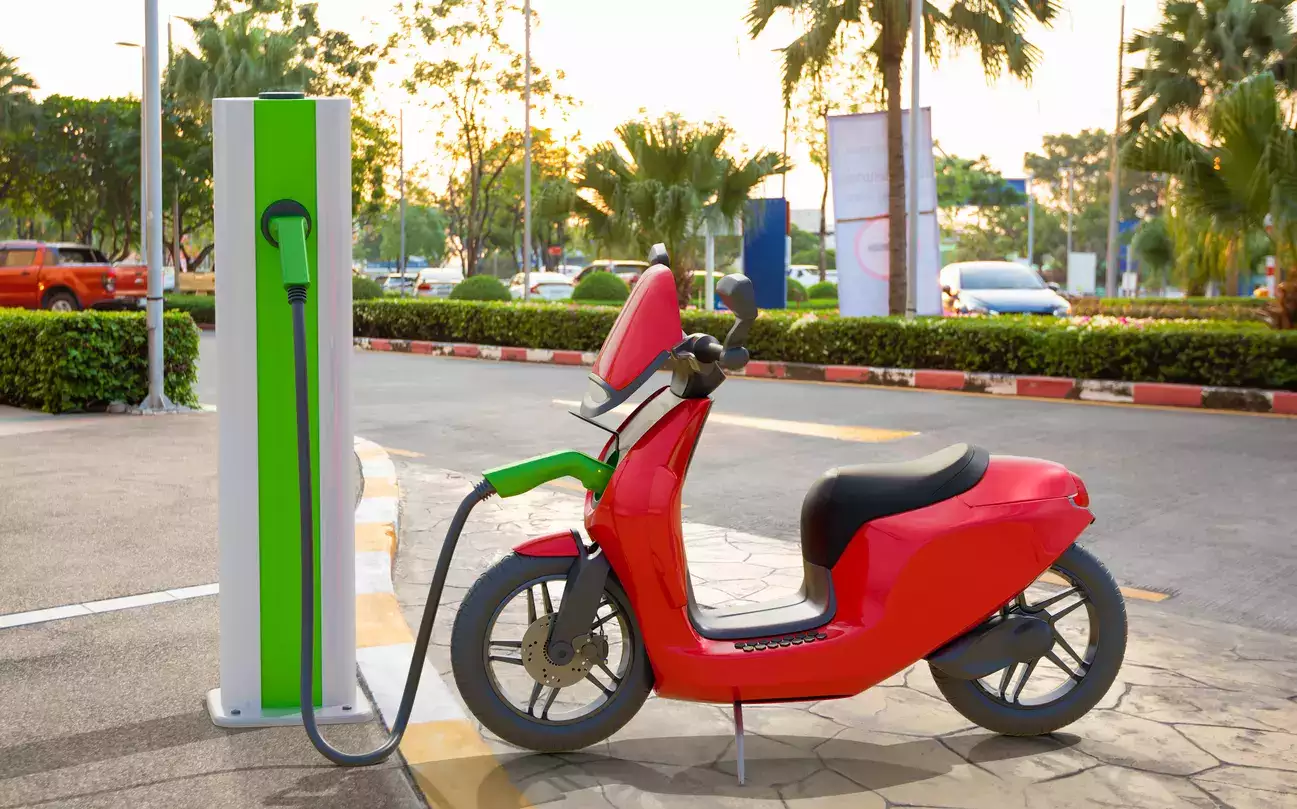
The Survey data also shows that other vehicle categories - ebuses and e3ws - supported under FAME II have been much lower than the initial target under the scheme. Against a target of seven thousand ebuses, only 4600 have been offered purchase subsidy till March 2024; just about a fourth of the target for e3ws was met at 1.3 lakh vehicles against subsidy provision for five lakh vehicles. The survey offers no explanation about the gap in the target versus actual subsidy support to various categories of electric vehicles, merely listing out the numbers to show the policy support being provided by the government for increasing e-vehicle penetration in the domestic market.
FAME II woes:
The second edition of the FAME scheme was launched in 2019 - the scheme offered subsidies of up to 40% of the vehicle cost for e2ws initially. The subsidy was made available to the customer at the point of purchase and OEMs could, after paying first, claim this amount from the government subsequently. The subsidies under FAME II were, however, conditional on achieving mandatory localisation up to 50%. The scheme was structured in such a manner that the subsidy release by the government was to happen only after its own certified testing agencies had checked a random sample of products for compliance with all the conditions.
Things worked well between 2019 and late 2021 but then, a series of subsidy misappropriation allegations and counter allegations about improper registration procedures derailed the FAME II benefits for most of the e2w OEMs. The subsidy amounts were also progressively reduced. Now, after nearly three years of back and forth over misappropriation allegations and legal tussles, the e2w industry has been through a rapid consolidation, with some erstwhile market leaders facing closure of businesses as legacy two wheeler OEMs rise.
In the pre-budget discussion with industry representatives, officials of the ministry of heavy industries (the administrative ministry for FAME II) have indicated that subsidising e2w sales may no longer be a policy priority and instead, ebuses and some other vehicle categories may see a push in the coming months.
Other policy support to encourage EVs:
Not just FAME II, the Survey also highlights production linked incentives or PLI schemes which the government has started for the automotive sector. As the scheme’s name suggests, the government is offering incentives for manufacturing electric vehicles in India. The automotive PLI scheme has an outlay of INR 25938 crore between FY23 and FY27. Under this scheme, a fifth of the proposed total investment has come in, at INR 14,043 crore, till March this year. The Survey said that 85 applicants have been approved under the scheme. The number of jobs the applicants promised to create is also about a fifth till now. Total incentives per company under this scheme is capped at INR 6,485 crore.
Then, there is the Scheme to Promote Manufacturing of Electric Passenger Cars, which was announced just a day before the model code of conduct kicked in prior to the General Elections. The scheme seeks to ease imports of electric vehicles while promoting India as a manufacturing destination for e-vehicles. The Survey merely mentions the scheme without providing details of either its contours or applications received under it, if any.
This scheme has been keenly watched, as much for its sudden announcement as for its contours which appear to be tailor made for American giant Tesla. Till some months back, Tesla had been among the more vocal and visible foreign EV manufacturers lobbying for massive import duty concessions to launch their vehicles in India.
The new policy allows import of cars with CIF value of $35000 or more at a steep duty cut. Currently, fully built cars attract 100% import duty if their CIF value is over $40,000 and 70% for cheaper vehicles. The new policy allows imports at 15% duty. The 15% duty threshold is exactly what Tesla had sought for initial years, while also promising to invest in setting up a manufacturing plant in India.
But since the policy was announced, Tesla appears to have developed cold feet and local OEMs have sought changes in the terms to allow brownfield investments as well as tweak in localisation norms. As of now, this policy hangs fire.
Disclaimer: The copyright of this article belongs to the original author. Reposting this article is solely for the purpose of information dissemination and does not constitute any investment advice. If there is any infringement, please contact us immediately. We will make corrections or deletions as necessary. Thank you.





